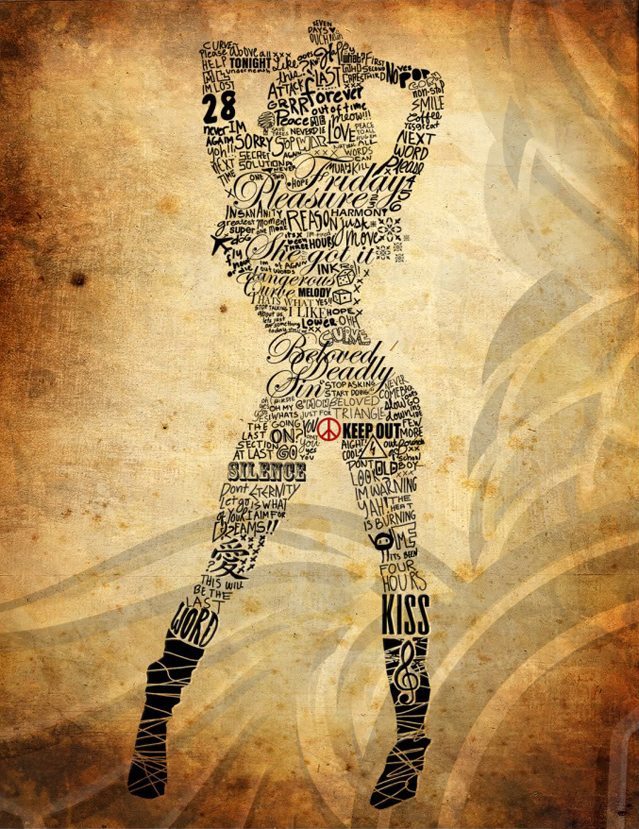In 1958 a textile designer from London named Gerald Holtom wanted to create a symbol for marchers to carry at a “Ban the Bomb” march planned by the Direct Action Committee Against Nuclear War (DAC). The event was a 52-mile march from London to the town of Aldermaston, home to an A-bomb research center.
Members of the DAC came to the march emblazoned with Holtom’s circle-with-lines symbol but nobody watching the event knew what the symbol meant.
Holtom created the symbol by combining flag semaphore signals. The system was originally devised for sailors in the 1800s to convey information at a distance.
Holtom used the signals for the letters “N” for nuclear and “D” for disarmament and put them in a circle. The symbol is essentially a logo for the concept of nuclear disarmament.
In 1960, the symbol was imported to the United States via a button brought from the U.K. to the U.S. by Philip Altbach, a freshman at the University of Chicago. Mr. Altbach is now professor and director of the Center for International Higher Education in the Lynch School of Education at Boston College. He says the future of education is declining in standards while increasing bureaucratication.
That’s what we get with standardized testing. Current American education is made to create cogs for the machine.
I rail against bureaucracy. Stick it to the corporate man, people. Stick it hard.
Please, do it peacefully….
Prior to Altbach bringing the symbol from the U.K., it had been seen in the States before and recognized but it wasn’t until he convinced the University of Chicago Student Peace Union to adopt the symbol as its logo that the popularity of the “peace sign” grew. Within a decade, the sign had become an international symbol adopted by anti-war protesters.
Today it is recognized worldwide as a symbol for all that is good in the hearts of men and it is with that concept I struggle to share fully with you.
Because I’m angry.
These photos were the last taken of Marilyn Monroe. They were photographed by Bert Stern.
Marilyn agreed to pose nude for Vogue with no make-up on her body as long as the session could take place in L.A. Rather than work in a studio, Stern decided to snag a suite at the Bel-Air Hotel. Monroe had not been photographed in the nude since she posed for Tom Kelley on May 27, 1949. Those are the photos that were in the first issue of Playboy.
“I waited for her… pacing the floor, checking the ice in the Dom Pérignon, spraying the suite with Chanel No. 5,” according to Stern. Monroe arrived with her hairdresser, five hours late. For 12 hours Stern snapped away, draping Monroe with necklaces, veils and two large roses.
After the shooting, she rejected some of the pictures, marking them with a red pen, directly on the film. “The Crucifix” (above) was one of the photos that Monroe disliked and put a red pen through in the form of a thick cross.
“She hated the scar on her midriff from a recent gall-bladder operation. I told her it was beautiful. She was at a time in her life when she needed to re-invent herself. I think that’s why she accepted to pose for me. She drank gallons of Dom Pérignon, got drunk and fell asleep.”
Here’s to bottles and bottles of Dom, Marilyn Monroe, and sleep.
Get the best of bikerMetric directly in your inbox, once a week, every week.
[wysija_form id="1"]
